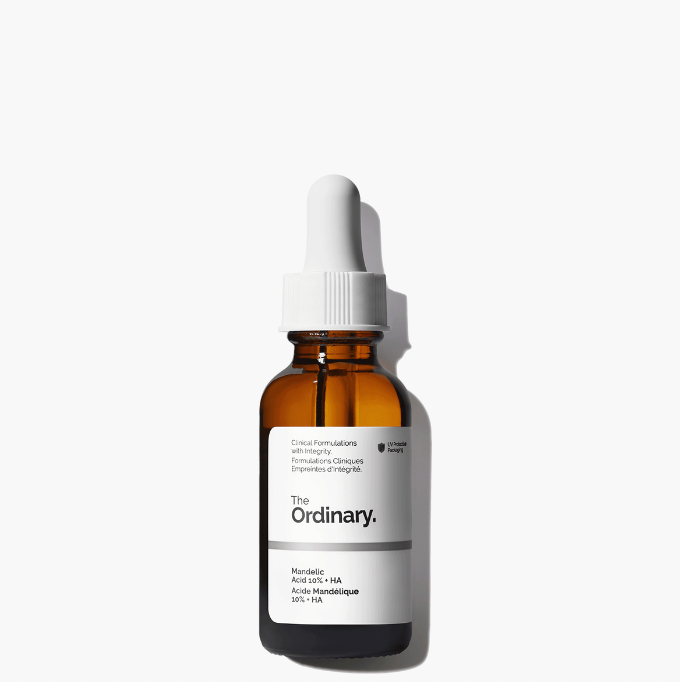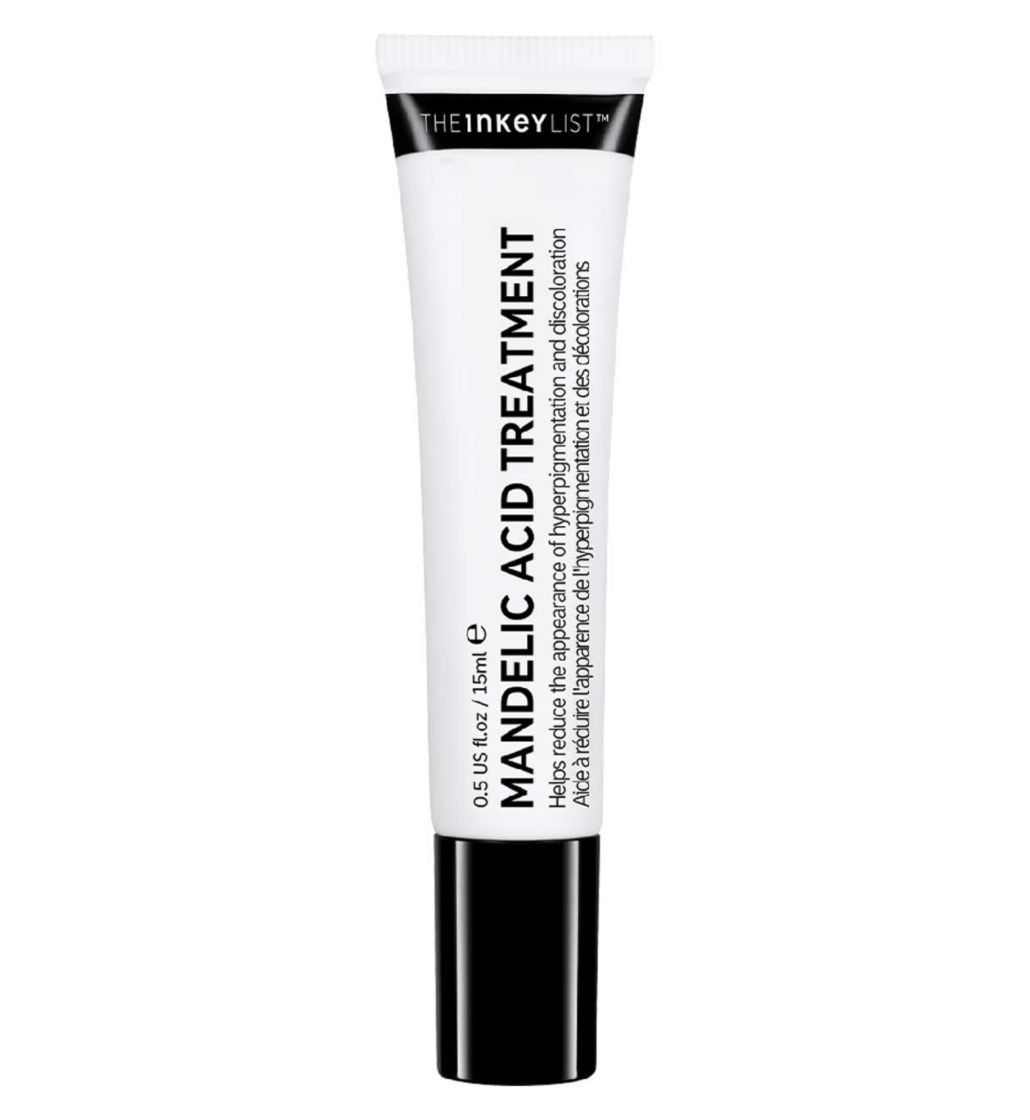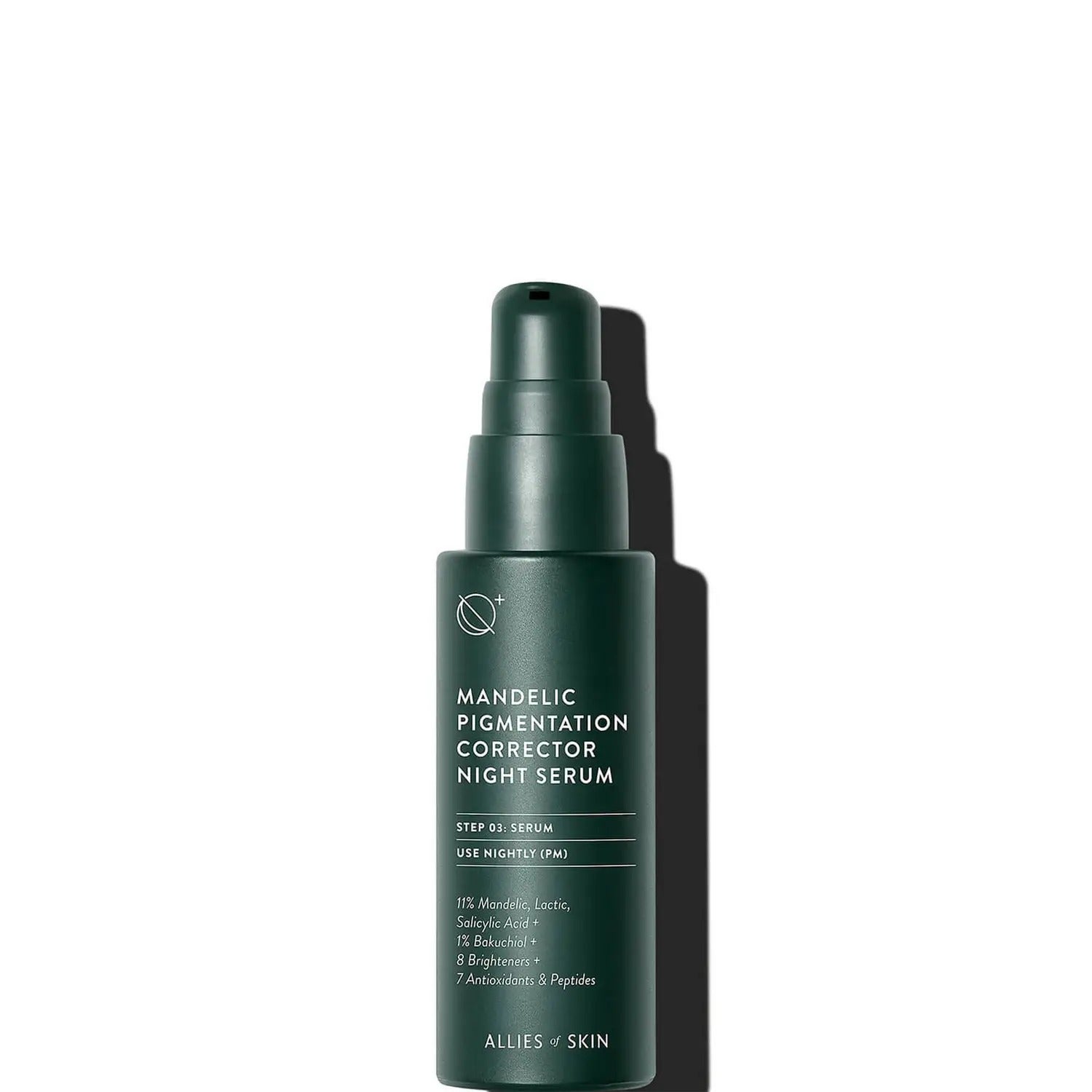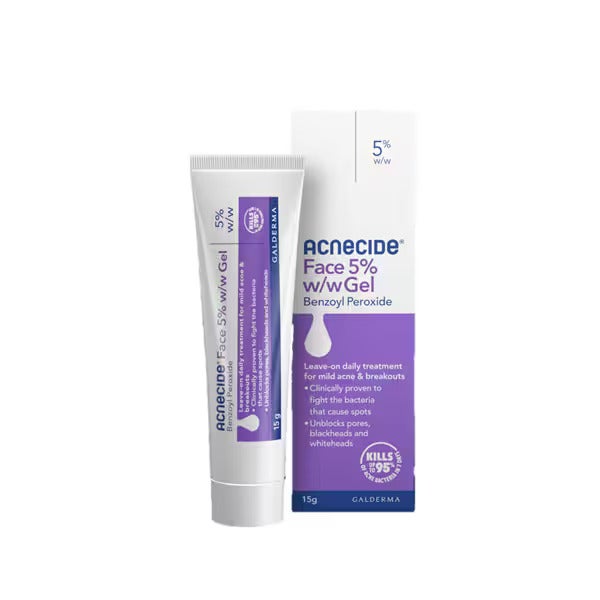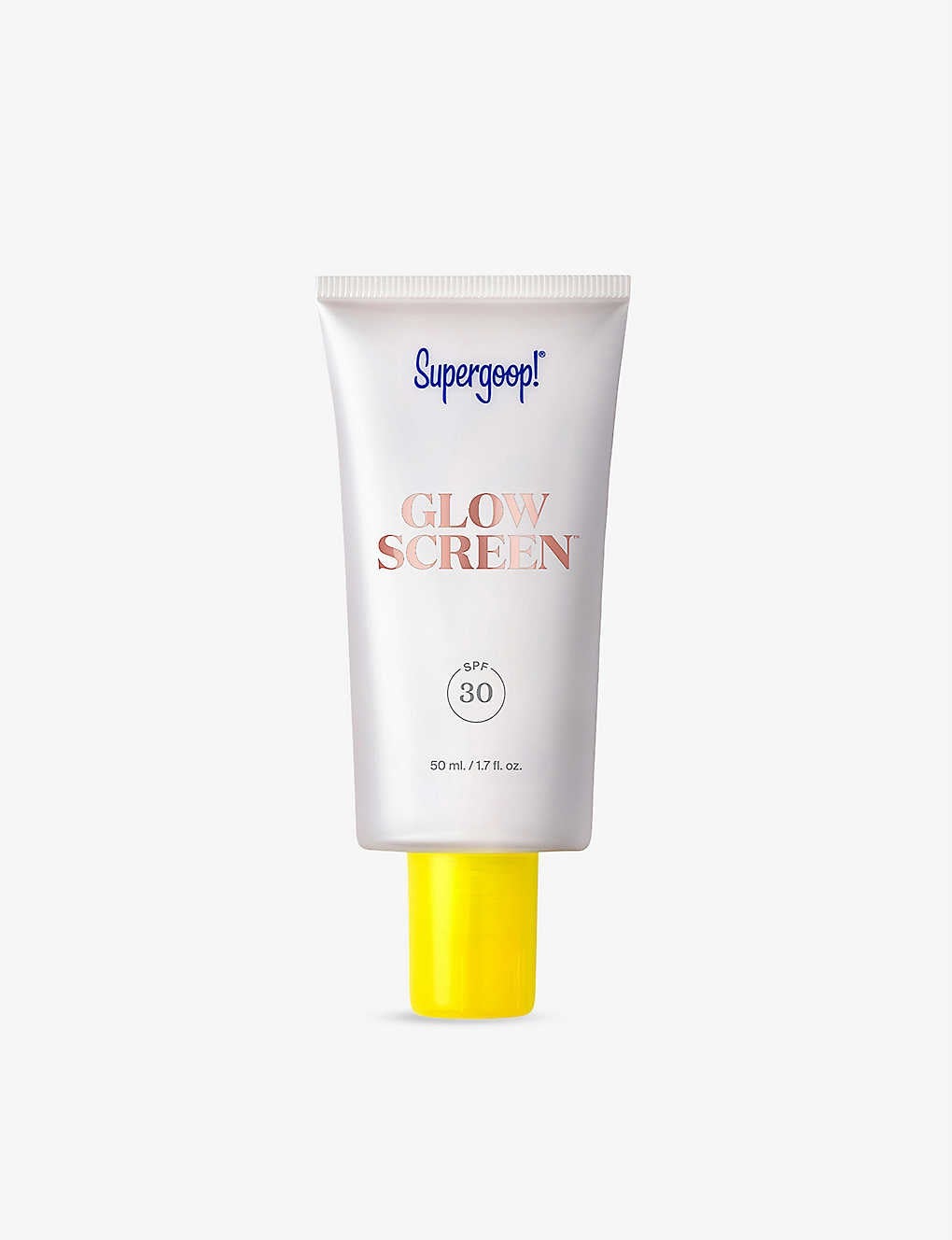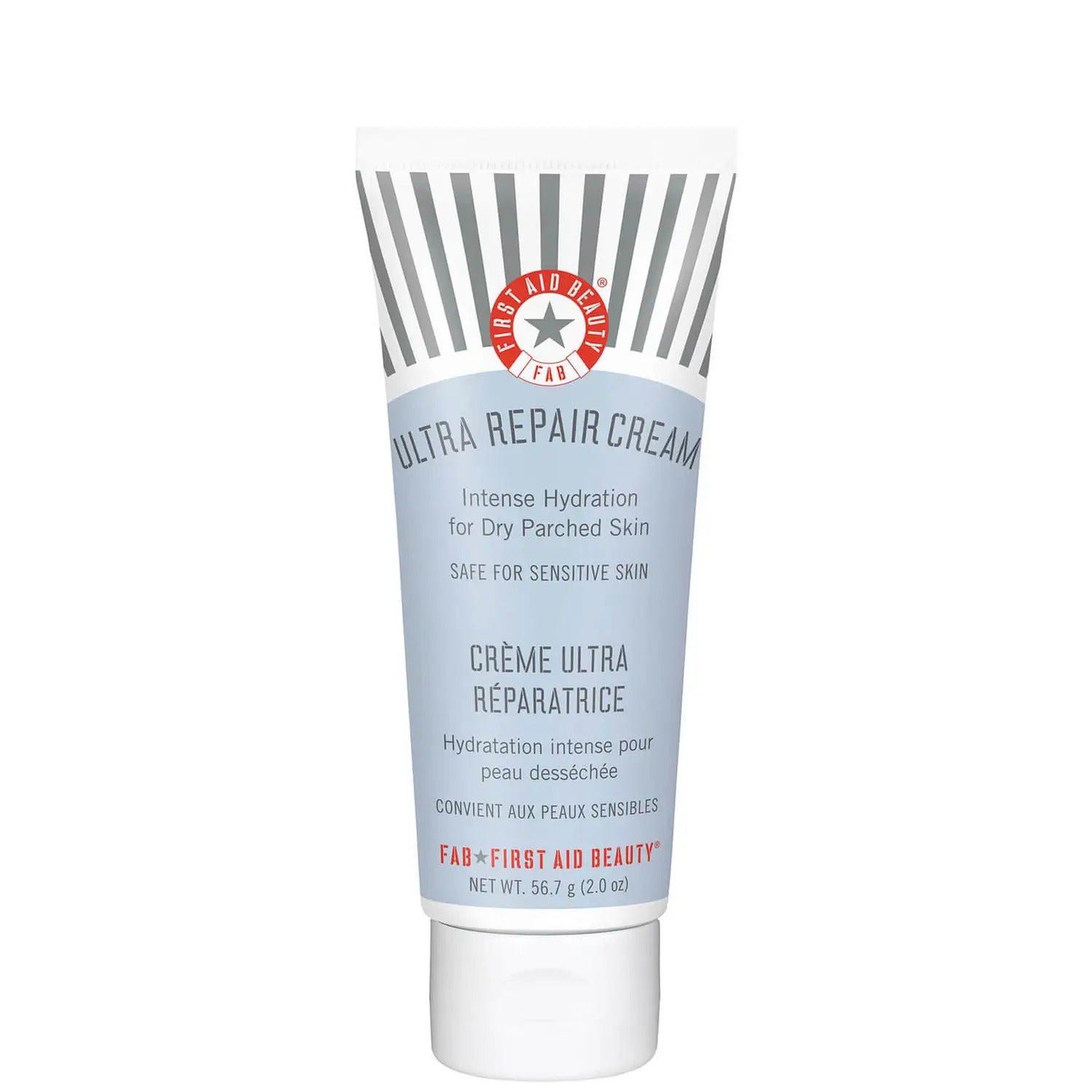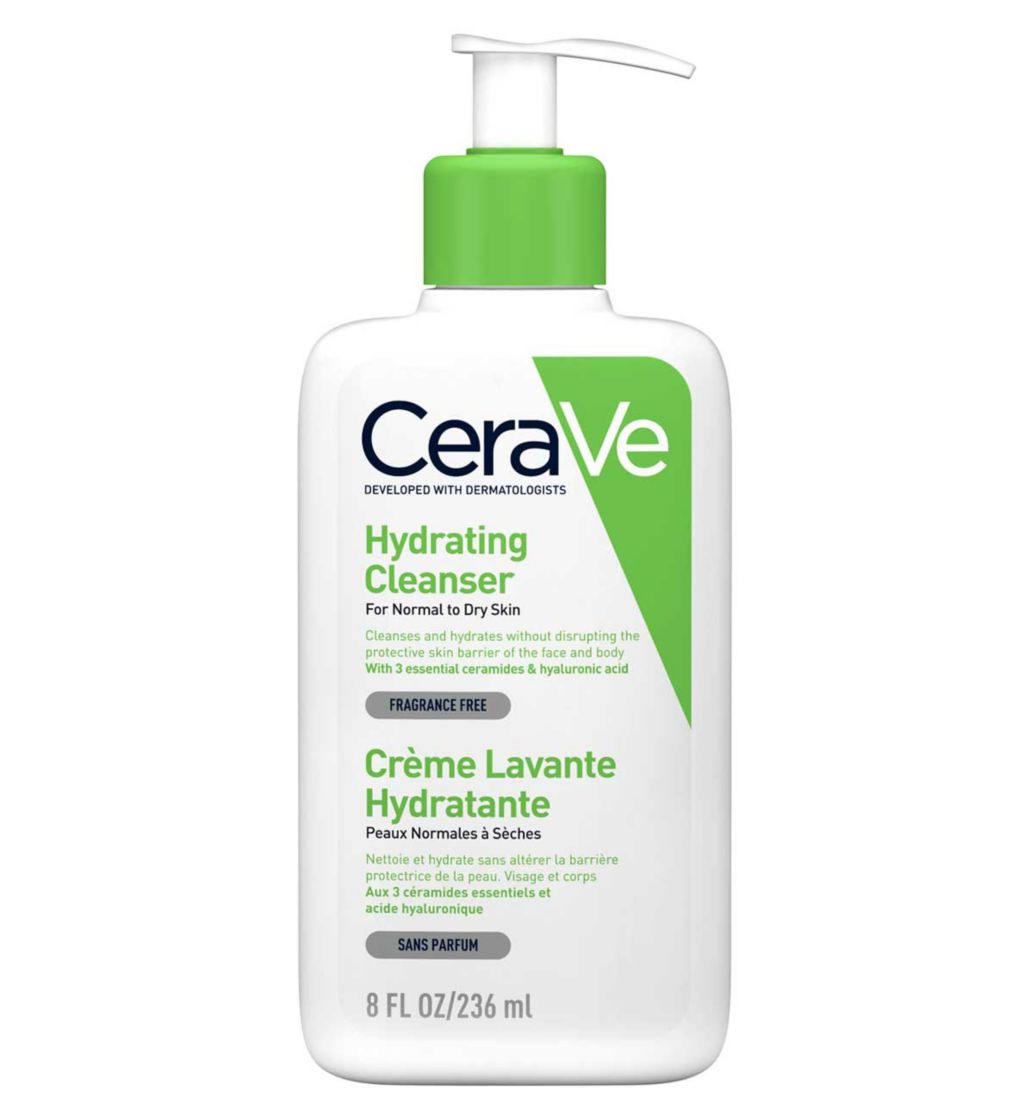NYC’s Most Sought After Skin Expert Shares 7 Invaluable Acne Tips
Sofie Pavitt, the NYC-based facialist and u0022acne whisperer.u0022
I often feel like I'm playing Whac-A-Mole when trying to treat my skin. I add one new product into my routine, like a vitamin C serum or retinol that multiple people tell me "transformed their skin," and all of a sudden I'm dealing with little red bumps on my cheeks and breakouts at my jawline. Before I know it I'm spot treating with a Starface patch or benzoyl peroxide while trying to add hydration back to pimples that have dried up. The cycle is endless and expected, much like the daily skincare ads I’m served on Instagram.
AdvertisementADVERTISEMENT
The problem, as New York City-based aesthetician Sofie Pavitt explains, is the paradox of choice when it comes to products that leads us to overdoing it. "I see a lot of [people] on tretinoin [a topical prescription often used to treat acne and fine lines] and I'm like, why?" she says. "Hyaluronic acid, niacinamide, tretinoin, retinoids, vitamin C — if we use everything, we'll just be a skull with no skin left."
What Sofie offers her followers and clients is education, personalised treatment and a simple at-home care routine to follow — and it works. The 360-degree approach and impressive before/after results has earned her the title of "the acne whisperer" among "skin content" influencers, celebrities, and editors. (Similar to the concept of body neutrality over positivity, being content is the realistic goal, as our skin is constantly in a state of change.)
Here, Sofie debunks some of the most common myths we’ve been fed when it comes to acne that keep many of us in the breakout cycle. Even if you can’t get a personalised facial or skin diagnosis (or a highly sought-after appointment with Sofie, who books out months in advance), this advice will help you spring clean your routine and treat your skin with the right stuff.
Results as seen on a real Sofie Pavitt client.
Myth: Oily skin = acne-prone skin
First, we have to understand that oily skin is not synonymous with acne-prone skin. Oily skin is a skin type, whereas acne-prone is a skin condition. "You can be dry as a bone and have really inflamed acne," explains Sofie. "You don't treat that type of acne the same way you would if you have oily skin and non-inflamed acne, which is more of a pebbly texture. It's about finding your skin type and concerns and working on those two in tandem."
AdvertisementADVERTISEMENT
So, how do you figure out your skin type? You can see a dermatologist or an aesthetician, or you can diagnose yourself at home, right now. "Wash your face, don't put anything on, wait an hour, and then look at your skin," says Sofie. "If your skin feels tight to the touch and looks matte, you have a dry skin type. If you have some kind of sheen in the T-zone, down the centre of your face, but feel dryish on the sides, chances are you have combination skin. If you have a light sheen all over, you have an oily skin type."
As for your skin condition, if you're reading this, you're probably at least a bit acne-prone. "If you have consistent and persistent breakouts, chances are you are predisposed to breaking out — 40% of the population falls into this category," says Sofie. "Their cells shed at a faster rate, so you get a lot of dead skin cell buildup within the pore, on the surface of the skin, that will break you out or cause congestion."
Myth: Instant results are the best kind
When treating acne or breakouts, it makes sense that we think we want clear, balanced skin as soon as possible — but Sofie thinks we're wrong. Instead, we want to use ingredients that aren't necessarily the buzziest of the moment, yet work slowly but surely over time. Sofie's hero acne-clearing ingredient is one you're probably not familiar with: mandelic acid, an exfoliating alpha hydroxy acid (AHA) with a large molecular size that is gentler than go-tos like glycolic or salicylic acid. "I think the reason why mandelic acid hasn't had its day in the sun because we're all obsessed with instant results," Sofie says. "Mandelic acid is a low and slow [ingredient]. You've got to wait [around] three months to see a result."
AdvertisementADVERTISEMENT
Still, when you're consistent with your "low and slow" exfoliation and use a product containing mandelic acid once a day, you're going to be impressed. "The before and afters on my Instagram are usually 12 weeks apart," says Sofie. "That's just to show people to play the long game."
Myth: Daily exfoliation is bad for skin
You've probably heard that daily exfoliation is going to "strip your skin" and cause it to dry out — but really, the key is how you exfoliate. "I firmly stand by daily exfoliation for acneic or breakout-prone clients," says Sofie. "If you're blemish-prone, your skin is shedding and you need that daily help with your exfoliation."
With daily exfoliation, you want something gentle, like the aforementioned mandelic acid, combined with moisturising and soothing ingredients, too. Sofie formulated her own mandelic acid serum (currently only available in the US) with hyaluronic acid and panthenol. When shopping for a mandelic acid serum, look out for these ingredients, too. "Hyaluronic acid is really hydrating and panthenol is skin-soothing, so it helps with that barrier support." You're essentially sloughing away the dead skin cells that can be a precursor to acne, while ensuring that your skin stays balanced.
AdvertisementADVERTISEMENT
Results as seen on a real Sofie Pavitt client.
Myth: A prescription drug is the ultimate cure
If you have a conversation with an acquaintance and acne comes up, you can bet they'll mention that they know someone who was prescribed Accutane and saw their skin clear right up. Maybe they're even speaking from personal experience. The issue with prescription medication is twofold: it's not widely accessible to people who can't afford to see a dermatologist, and it's more like slapping a temporary plaster on a bigger issue with deeper roots.
Sofie says that it all goes back to instant results, which medication can offer. A dermatologist might prescribe a medication that will help decrease skin's oil production, like spironolactone or Accutane, or put you on an antibiotic like doxycycline or tetracycline to kill bacteria. These medications might work, but one of the the downsides is that you can become reliant, with no telling what will happen once you go off them. Accutane comes with no shortage of health warnings, and antibiotics can damage your skin's microbiome and create antibiotic resistance in the body. "If you really want to stay clear long-term without medication, daily exfoliation to get rid of dead skin cells is key," says Sofie. "The pore is clear, the oil has somewhere to go, and the bacteria doesn't have a food source."
Myth: Don't eat dairy, sugar, gluten, etc
"What you put in your body is as important as what you put on it" is among the most overused tropes the wellness industry sell us. Of course, what you eat matters, but no one should tell you to cut out entire food groups. "I tread really lightly around diet and skin," Sofie says. "In my experience working with people with acne, which is such an emotionally charged skin condition, people will try anything to clear their skin. People will come to see me and say they're barely eating anything because they're scared they're breaking out from certain food groups."
AdvertisementADVERTISEMENT
The not-so-secret secret is everything in moderation, and then supplement if and when you need to. "I think that we have to focus on things that are great for the skin," Sofie says, as opposed to what we fear is 'bad' for it. She recommends that most of her clients take omega-3 fish oil supplements to help regulate the skin's oil production.
Results as seen on a real Sofie Pavitt client.
Myth: Spot treat your breakouts, not your whole face
The beauty industry has taught us to spot treat our pimples rather than addressing the face as a whole, but Sofie offers an alternative that may be more effective for preventing future breakouts. "I like to use a benzoyl peroxide treatment as a face mask," Sofie says. "I tell people to use it as a face mask all over or in problematic areas, like your chin, as opposed to just spot treating with it."
The idea is to treat breakouts before they happen, thereby ending the cycle. "When you see a pimple, the cycle to create it started 12 weeks ago," Sofie explains. "You might as well treat the whole area, low and slow with benzoyl peroxide 2.5 to 5%. Short contact application, which means just applying it as a mask, is how you stop skin from getting irritated. Just a hint of it, wash it off, moisturise and go to bed."
Myth: Retinol should be used as an acne treatment
What makes retinol, and any similar vitamin A derivative, a tricky ingredient is that most of us don't really know how it works, or how to use it correctly. "A lot of people don't realise that retinol is not an exfoliant; it encourages cell turnover," Sofie clarifies. "Here's why I don't treat breakouts with retinol: people who are acne prone are super shedders and they have a lot of dead skin cells. When you add vitamin A into the mix, what does it do? It creates more cell turnover. For me, it's like, let's get the exfoliation process moving, then once you're cleared, you can add a retinol to speed up the process if you want."
AdvertisementADVERTISEMENT
So, you can still use your retinol, but make sure you have a proper exfoliation routine in place. "If you use retinol, you're going to increase the number of dead cells on the skin. When you use mandelic acid in conjunction with that, it's going to wipe away those dead skin cells and make your retinol work better for you," Sofie explains. "Having an AHA with your retinol is really great, but I wouldn't use them at the same time in your routine. Alternate or do one during the day and the other at night."
A skin-cycling schedule is a good choice, but if that's too much fuss for you, Sofie recommends a simple routine: cleanser, mandelic acid serum, moisturiser, and always sunscreen during the day, as acids and retinol can make skin sensitive to sunlight. At night, you can wash your face, apply a benzoyl peroxide flash mask (or mandelic acid if you didn't use it in the morning), moisturise and go to bed. Give it 12 weeks, and you might just find you've transformed your skin.
Shop a Sofie Pavitt-approved skin routine, below:
At Refinery29, we’re here to help you navigate this overwhelming world of stuff. All of our market picks are independently selected and curated by the editorial team. If you buy something we link to on our site, Refinery29 may earn commission.
AdvertisementADVERTISEMENT







